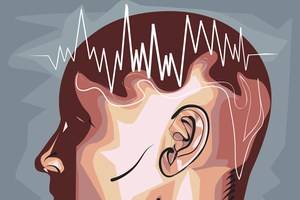The authors believe that future designs of their technology could be used to automatically trigger drug release in humans when required.
The algorithm can be trained to track brain states that underlie ADHD or schizophrenia or otherwise be modified to suit your needs, explains study author Sachar Arnon to New Scientist. For example, if EEG detects signs of a burgeoning depressive episode, it could trigger DNA robots to expose anti-depressants briefly to counteract symptoms before they become full-blown. This way, the brain isn’t perpetually bathed in mind-altering drugs even when they’re not needed.
It’s a futuristic idea, and lots of things still need to be ironed out.
Source: Mind-Controlled Nanobots Used to Release Chemicals in Living Cockroaches







